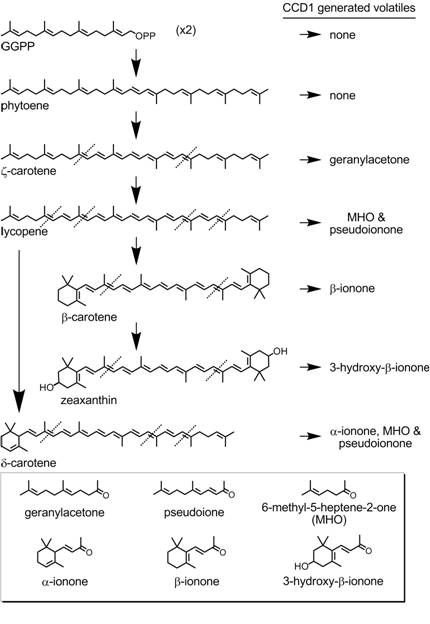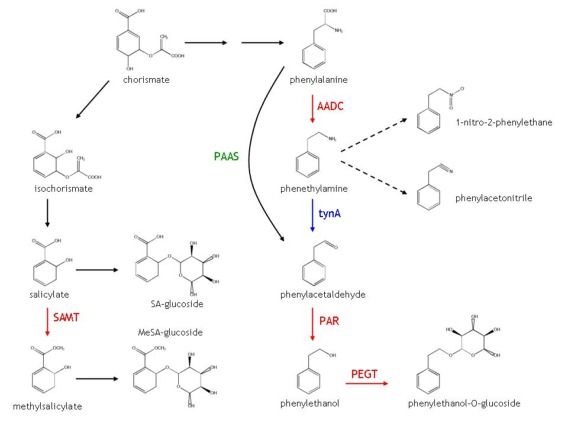Variety Trials
The first step in a flavor improvement program starts with a simple question: what do people like and what’s in the varieties that people do like? In order to answer this question, we took a giant step back to “heirloom” tomatoes. There is absolutely no definition of the word “heirloom”. But most people accept that an heirloom is an old variety that predates the time of intensive commercial breeding. Most, though not all, are inbred (that is, they breed true to type). Contrary to popular belief, not all heirlooms taste good. We grew a broad cross-section of heirlooms, gave them to a panel of consumers and asked them to rate each variety. Don’t worry about the scale we used. It’s complicated. All you need to know is that the higher the score, the better it tasted. Note that there is some variation between years for varieties that were tested multiple times. All of these varieties were grown in our spring season at the University of Florida Suwanee River Research and Education Center in Live Oak, FL. Expect some variation in other parts of the country and from season to season. One can only hope that some of the really terrible varieties do better somewhere!
This work was published in: Science (2017) 355 (6323):391-394, and in Current Biology (2012) 22: 1–5. It was supported by a grant from the National Science Foundation and from support of the Florida Agricultural Experiment Station.
| Variety | Liking |
|---|---|
| Maglia Rosa Cherry | 30.5 |
| Garden Gem | 28.5 |
| Early Red Chief | 22.4 |
| B hybrid | 21.0 |
| Tasti-Lee | 20.8 |
| St. Pierre | 20.7 |
| Peron Sprayless | 20.0 |
| W hybrid | 18.6 |
| Better Boy | 18.3 |
| Wisconsin 55 | 17.2 |
| Garden Treasure | 16.8 |
| Livingston's Globe | 16.4 |
| Super Sioux | 16.3 |
| Bloody Butcher | 16.2 |
| Orange Queen | 15.8 |
| Valencia | 15.5 |
| Three Sisters | 15.5 |
| FLA 8059 | 14.2 |
| Red Calabash | 13.9 |
| Czech Bush Red | 13.6 |
| Red House Free Standing | 12.5 |
| Matina | 12.5 |
| Giant Belgium | 11.5 |
| Dixie Golden Giant | 11.0 |
| Bear Creek | 10.7 |
| German Queen | 10.3 |
| Florida 47 | 10.1 |
| Marmande VFA | 9.3 |
| Brandywine | 9.1 |
| Livingston's Stone | 8.9 |
| Kentucky Beefsteak | 8.8 |
| Black | 8.6 |
| Flora-Dade | 7.6 |
| Watermelon Beefsteak | 7.5 |
| Martian Giant | 7.3 |
| Japanese Black Trifele | 6.2 |
| Santiam | 4.6 |
| FLA 8735 | 1.9 |


